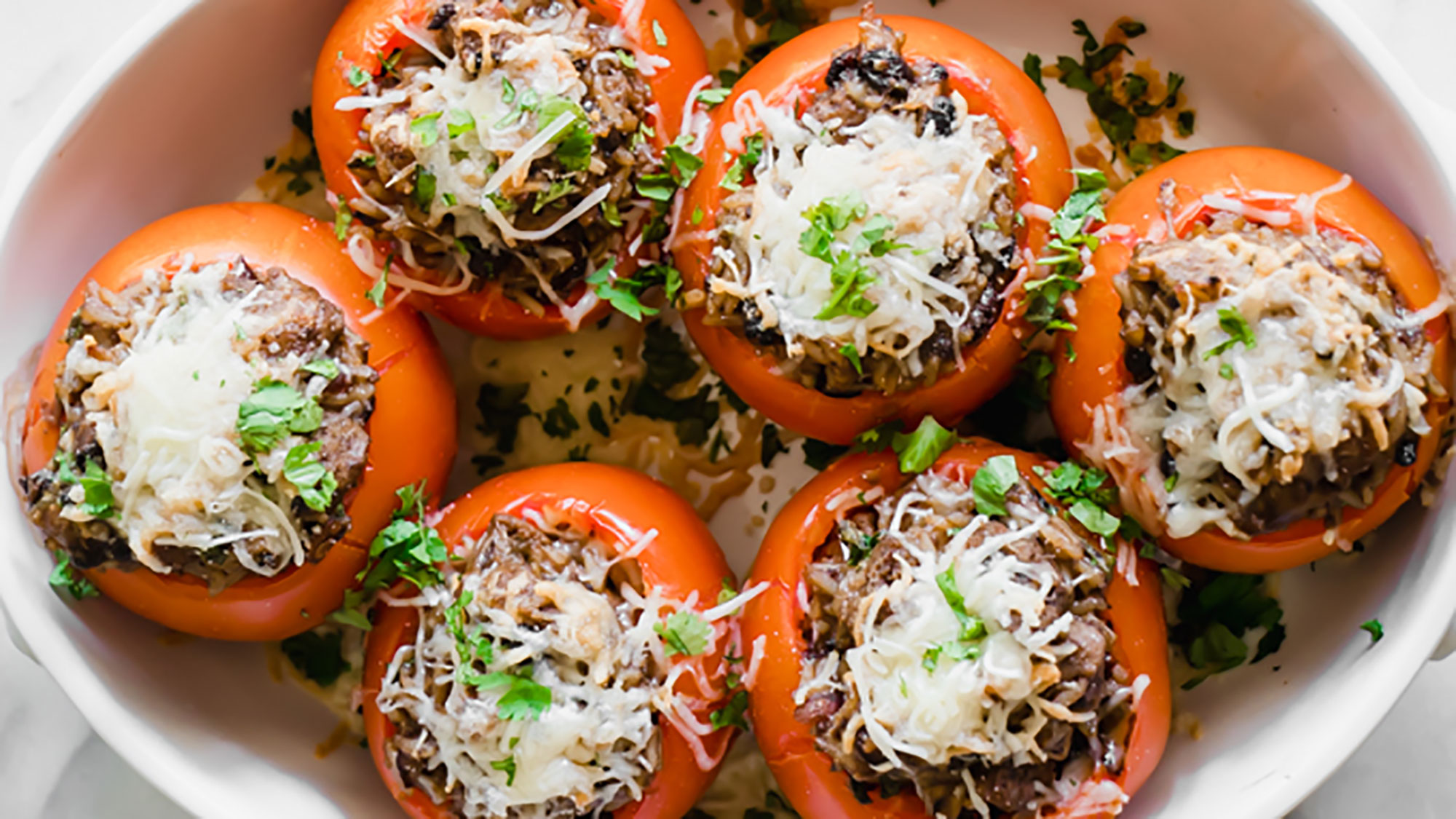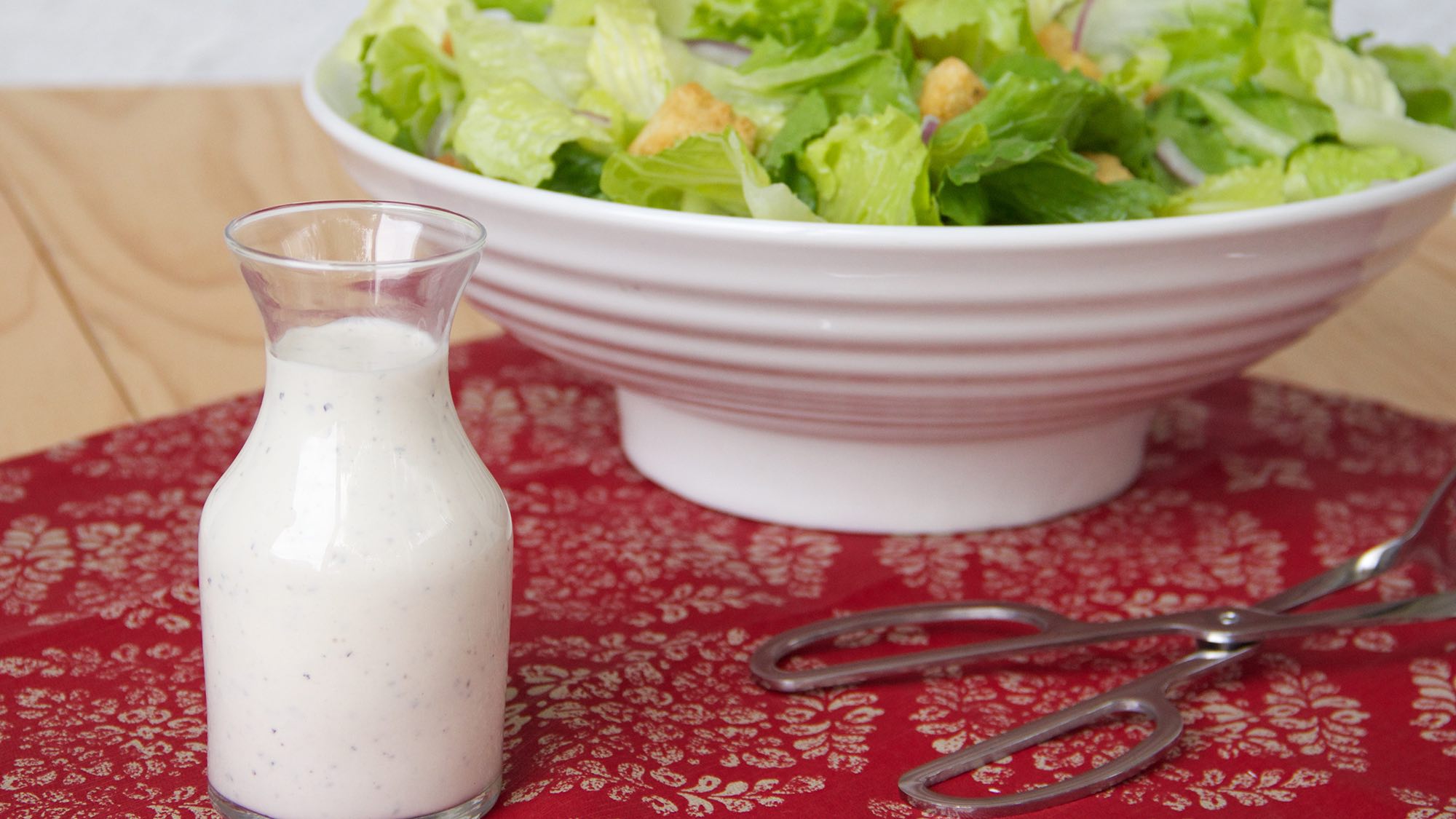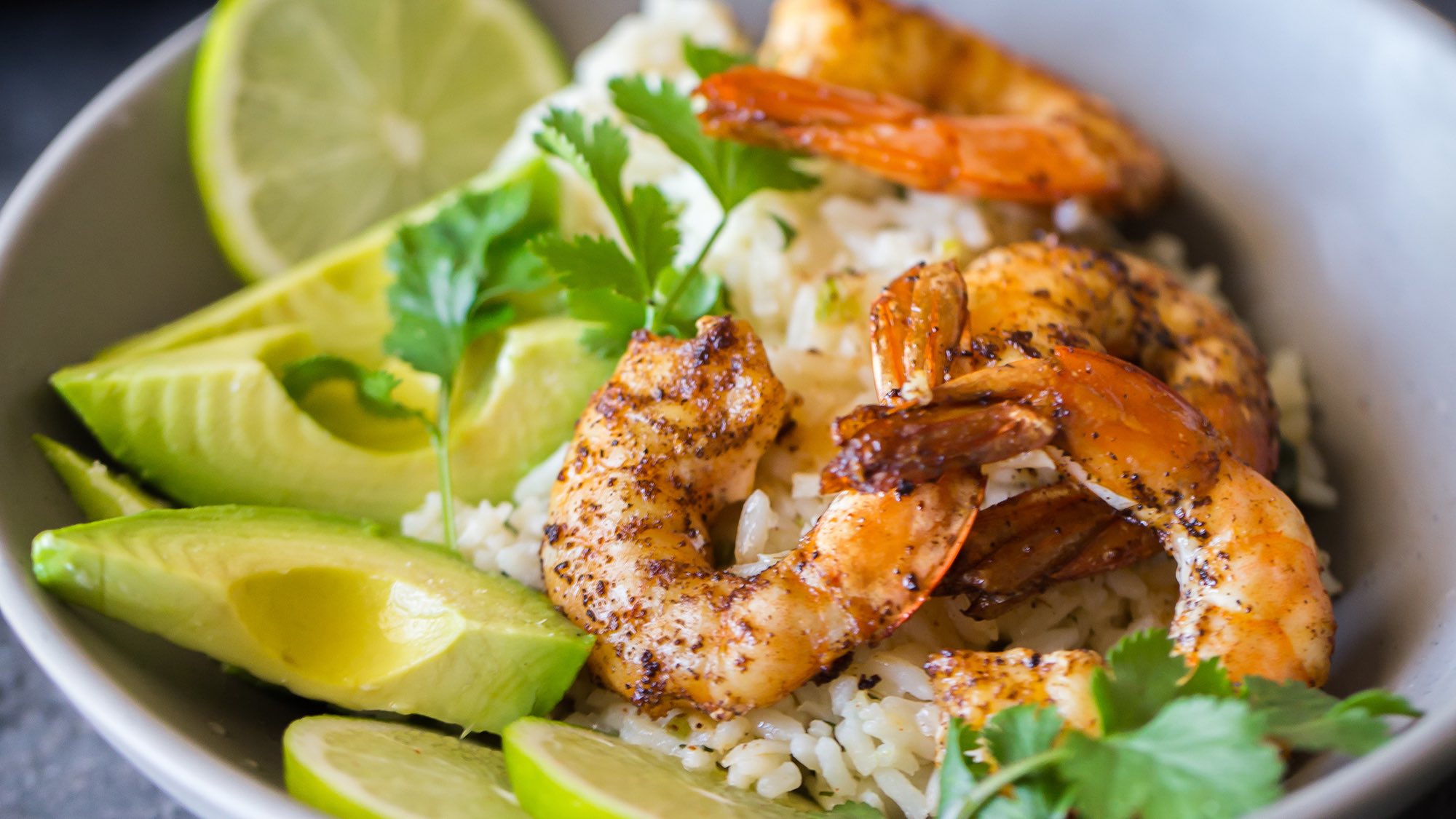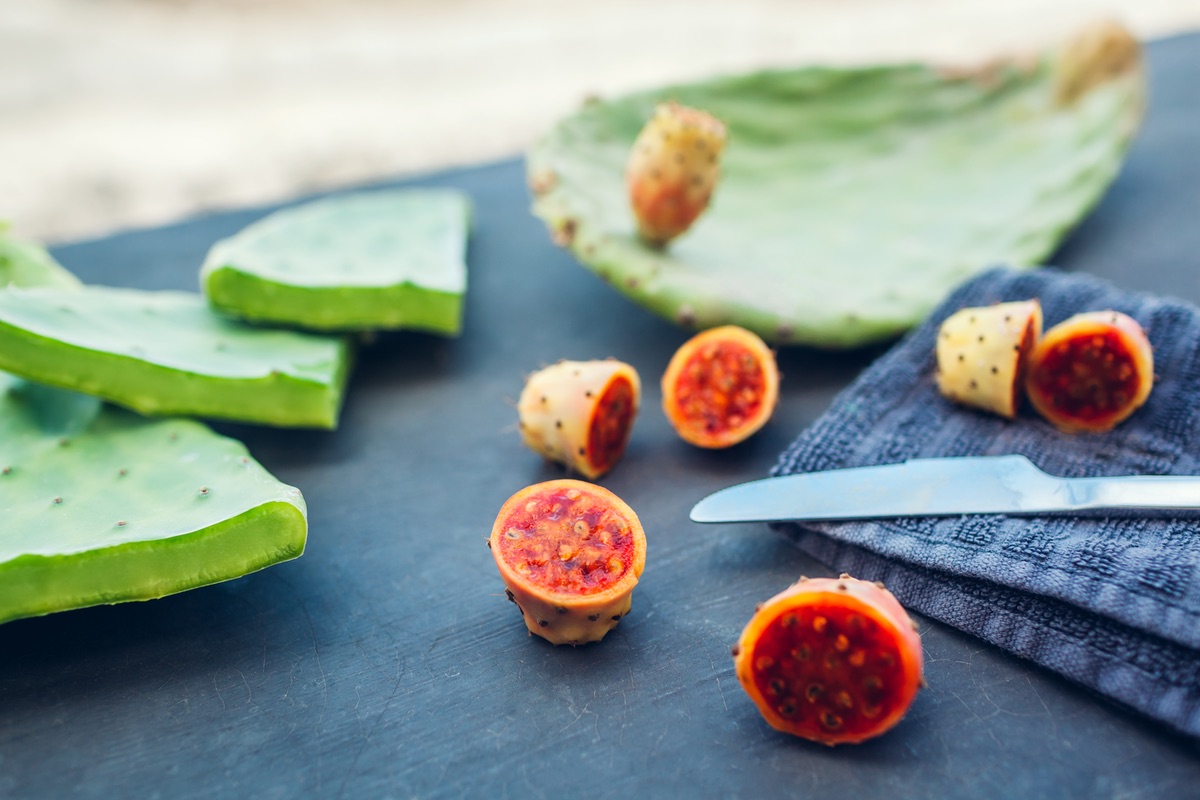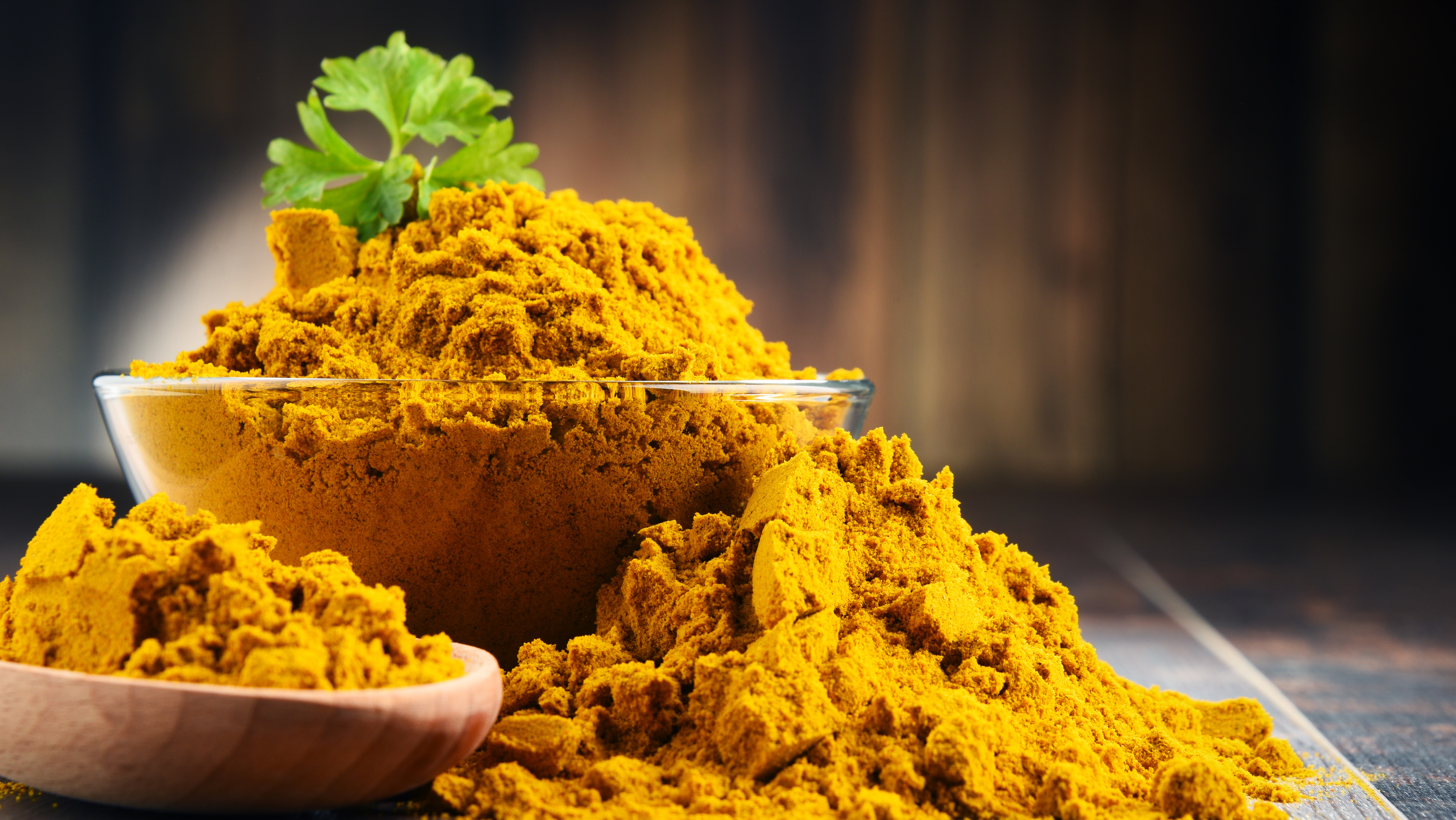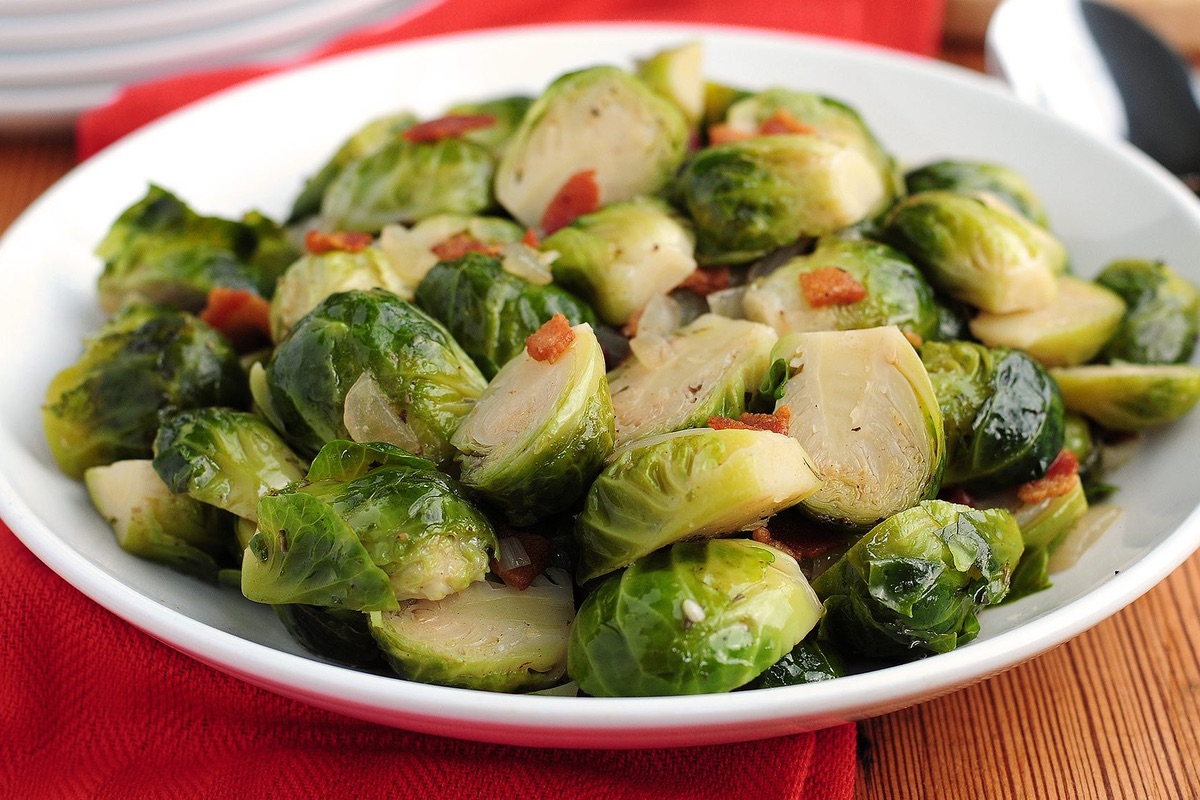Photo: McCormick
Tomatoes
A homegrown tomato is the best homegrown food in the world, the one that most clearly shows the superiority of local and seasonal flavor. There’s a tomato for every sunny gardening spot, from patio pots to roomy plots, and it’s a gardener’s job to play matchmaker. To ensure that each tomato plant has sufficient room to grow, know what to expect. Tomatoes are generally identified as determinate or indeterminate. Determinates grow as bushes instead of vines and once they reach a certain size, don’t get much bigger (which often makes them the best choice for pots.) They go into decline after they have produced one round of fruit because their work is done. In contrast, indeterminate tomatoes are vines that continue to grow and set fruit for as long the conditions are good and the weather allows, and they can get quite large, requiring staking, cages, or other means of support. Keep in mind that, in most cases, the eventual size of the mature plant doesn’t correlate to the size of the tomatoes it produces. You can get nice slicers from compact plants, and some vines produce a profusion of miniature tomatoes. Overwhelmed by choices? Read the plant tags and ask questions of the person selling the plants.
Instead of germinating seeds, most of us purchase tomato plants that we’ll transplant into a larger growing pot, prepared ground plot, or raised bed, and any of those can work well, so long as it’s the best seat in our garden’s house, the spot with hours of direct sunlight, good drainage, excellent soil, and easy access to water. Start by selecting and purchasing robust plants, ideally short, stocky plants in starter pots that are at least 4 inches in diameter. Tomato plants sold in tiny six packs often have spindly rootlets that are barely covered in dry dirt, which makes them vulnerable to drought stress and less able to develop into the healthy root system necessary for good growth and production. Look for deep green stems and leaves. Pale green stems and yellow leaves often indicate a nutrient deficiency. Although it would seem to be a good sign to purchase plants that are already blooming, early blossoms on lanky, skinny plants are actually another sign of stress, suggesting that the poor plant is rushing into the next stage of life before it is sturdy enough to support it. Check the stems and undersides of the leaves for aphids and other insects, because you don’t want to be transporting any home.
- The first thing to do for your carefully chosen tomato plants is give them a bigger and better home as quickly as possible.
- Transplant them into high-quality gardening soil designed for your in-ground plot or container, such as Miracle-Gro Performance Organics All Purpose In-Ground Soil or Miracle-Gro Performance Organics All Purpose Container Mix.
- When planting in the ground, space the transplants about two feet apart and leave room for support structures if the tomatoes will grow as vines. When using a pot, make sure it is large and deep enough to support a full-sized plant.
- Pinch off any scraggly lower branches and plant the root ball deep enough that the lowest remaining leaves are just above the surface of the soil, which encourages root growth and makes a stronger, healthier plant.
To maintain good growth and encourage a maximum harvest, feed the growing tomatoes at appropriate intervals. Most experts recommend adding a granular fertilizer (such as Miracle-Gro Performance Organics All Purpose Plant Nutrition Granules) to the soil prior to transplanting, and then following up with more granular fertilizer or a water-soluble formula when the tomato plants begin to bear fruit and need a boost. Garden plants get hungry when they work hard, just like we do. Follow the direction on the package for the appropriate application method and amount.
Water your growing tomato plants vigilantly and efficiently, making sure their root systems get a long, deep drink at the base of the plant instead of merely wetting the leaves and moistening the top of the soil. As one would expect, the larger the plant and hotter the day, the more water it requires, and potted plants will likely dry out more quickly than those planted in the ground. A mature tomato plant that’s producing fruit at the height of summer heat might need a gallon or more per day.
Once your plants are producing fruit, leave the ripening tomatoes on the plant for as long as you can, waiting until the perfect moment to harvest. Nothing beats the luxurious, fully ripened flavor of a homegrown tomato that’s still warm from the sun. It’s the best reason to grow your own.
Photo: McCormick
Lettuces and Leafy Salad Greens
Perhaps the easiest homegrown crop for gardens of any size is a delicious and diverse array of salad greens. They require little space, which means you have lots of growing options. You can sow seed or set transplants in rows or clusters in a larger garden plots, tuck transplants into a compact corner of a smaller plot, or showcase them in containers. In fact, because leafy greens don’t require much soil depth, they can flourish in containers, making a living salad bowl feasible for anyone with even one sunny spot (and you might be able to get away with partial sun or dappled shade.) You can even grow small leafy greens in hanging baskets right outside the door, within easy reach of the cook, yet less likely to be within the reach of bunnies, deer, slugs, and other pests. Unlike most vegetables that prefer to stick with their own kind, you can usually mix and match different types of salad greens in one container.
Salad greens (which aren’t confined to lettuces and aren’t necessarily green) mature quickly, which can yield quick and potentially repeatable rewards for minimal garden work. Some varieties are meant to grow until they form a head, but others are harvested leaf by leaf, which means they can be picked or trimmed regularly. These cut-and-come-again varieties will regrow several times before are exhausted and need to be replaced by fresh plants. For a consistent supply over a longer period of time, use succession planting, which means setting out fresh plants at regular intervals (every two to three weeks) so that there will be younger plants coming along consistently, ready to replace plants that have finished their job. With a little planning, a gardener can enjoy a nice homegrown salad per day (except, of course, when it’s too hot or cold for these delicate greens to grow at all), despite these short-season crops being at peak harvest stage for only a short time.
Salad greens have shallow roots and grow rapidly, which means they need continuous access to sufficient water in order to produce tender, succulent leaves. Consistently moist soil is ideal, so check them daily to ensure they aren’t suffering drought stress or languishing in puddles. A simple watering can or gentle-spray hose nozzle is all you’ll need for a container garden, but if your greens grow in the ground in long rows or large clusters, consider a soaker hose or drip line.
Photo: McCormick
Fresh Herbs and Edible Flowers
If you believe that good cooking begins with good growing (and most great cooks believe this whole-heartedly), then there’s no tastier first step in the pursuit of both than fresh herbs. Fresh herbs are easy to grow and use. You can reap big, delicious rewards in a short amount of time with very little work. Most herbs flourish in small spaces with few requirements beyond sunshine and water. This makes them ideal for newbie gardeners with limited space. For that matter, even master gardeners with spacious ground plots often put their herbs in pots that are a short walk (or arms’ reach) from the kitchen. In addition to their flavor, fresh herbs can be both fragrant and beautiful, worth keeping close. Another good reason to confine some herbs – such as those in the mint family – is to corral their rampant growth and roaming ways. More than one gardener has learned the hard way that trying to grow only a little mint or lemon balm, for example, is like trying to grow only a little kudzu; it’s highly invasive and can quickly take over a garden.
There aren’t many hard-and-fast rules for raising herbs, but there are few basic considerations. The easiest herbs for most of us to grow are parsley, sage, rosemary, thyme, basil, chives, oregano, and dill. Many of these favorite herbs originated in the Mediterranean, which means they like it warm and sunny with a good breeze on humid days, planted in a soil mixture that contains sufficient nutrients, but isn’t too rich. The soil mixture needs to be fresh, loose, and crumbly (instead of hard, clumpy, and compact) so that it provides sufficient drainage and aeration for the root system. When the soil is good, herbs rarely need to be fertilized during their growing season. They must be watered, of course, but they don’t like to sit in waterlogged soil. Eager novice gardeners are more likely to over-water their herbs than let them wither. That being said, an herb plant rarely recovers from multiple wilts. Sure, an extra-hot day can pop up and cause a plant to collapse, but letting this happen repeatedly leads to damaged, beleaguered plants that cannot recover and carry on.
It’s tempting to plant an entire herb garden in one vessel, but unless you are certain that every plant in that one pot has the same requirements for light and water, it’s wiser to plant each type separately so that you can monitor and tend to their specific needs. Create a pot of basils, another of thymes, one with sages, and so forth. You can also reposition the pots as needed for more or less direct sunlight and exposure, assuming they aren’t too heavy or unwieldy.
Once your herb plants are established and growing, don’t forget to eat and enjoy them. Yes, cut or pinch them back regularly and well to keep them compact, productive, delicious, attractive, well before they’ve had a chance to turn leggy and scraggly. Eat them to save them, but recognize when they’ve given their all and need to be pulled up and replaced, or left to go to seed. Leafy herbs taste best when harvested before they form seed heads, although consider letting a few bloom on purpose, to attract bees, butterflies, and other pollinators. You can also include edible flowers, such as nasturtiums, borage, calendula, and lavender, but stick with plants that are meant to be eaten and haven’t been sprayed with something meant for ornamental plants.
This article was written by Sheri Castle from Food & Wine and was legally licensed through the NewsCred publisher network. Please direct all licensing questions to legal@newscred.com.



